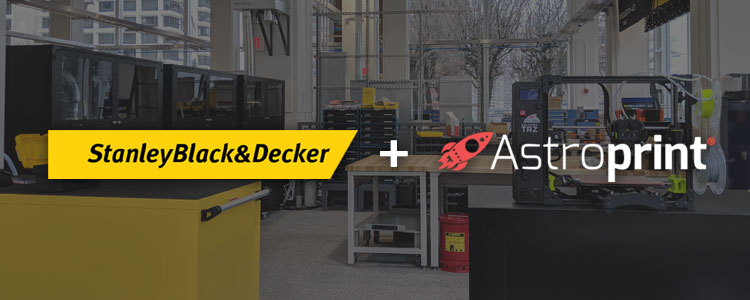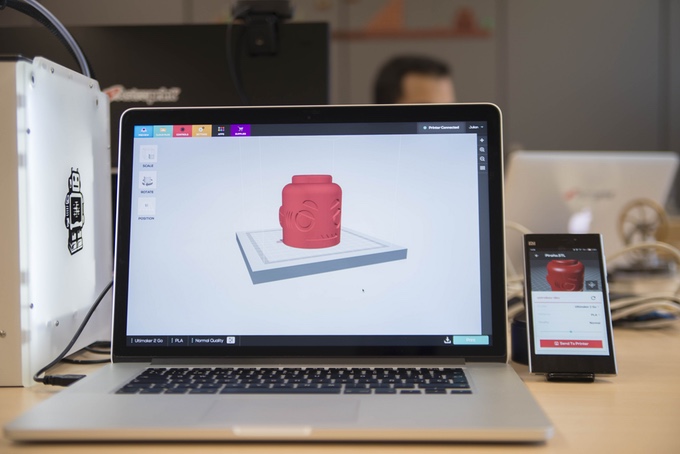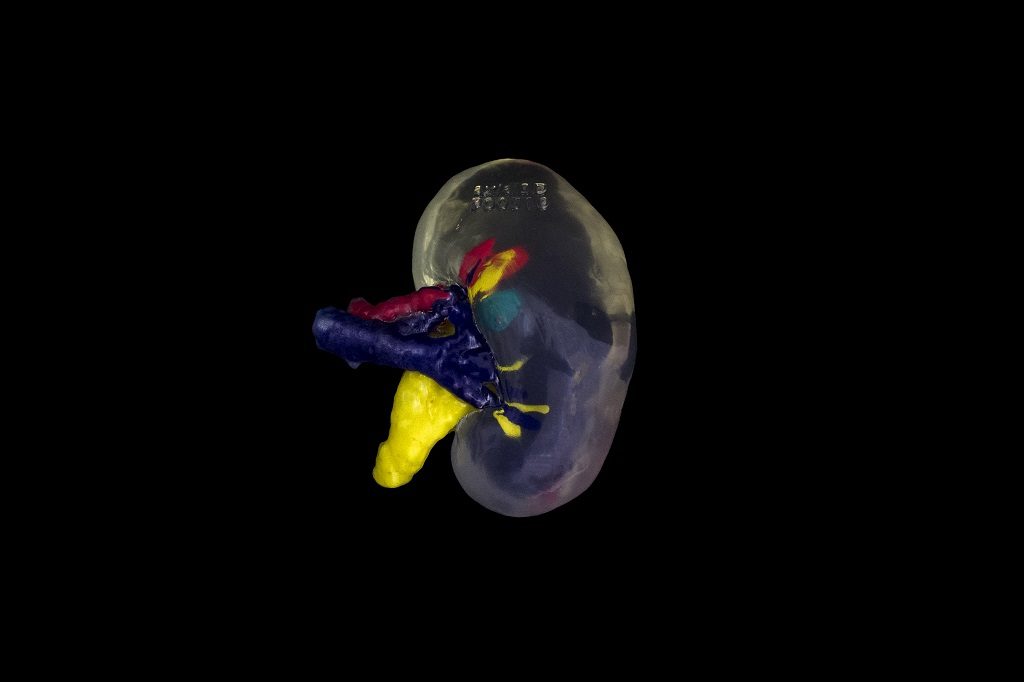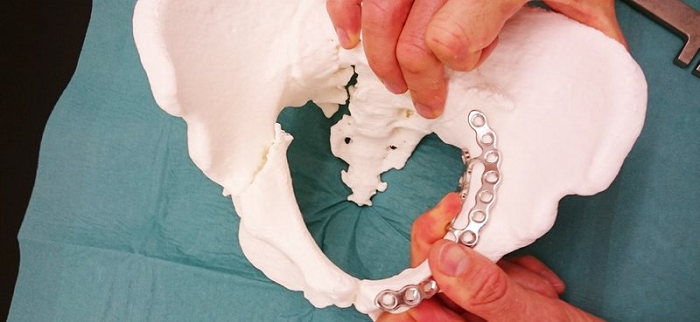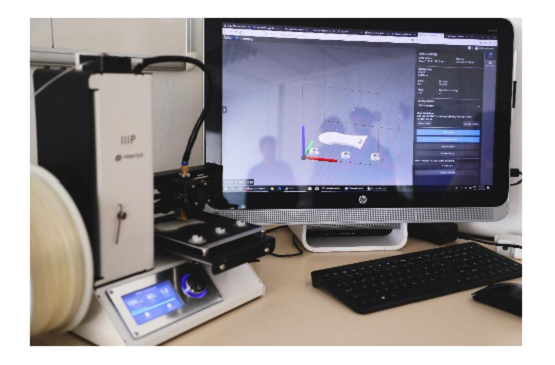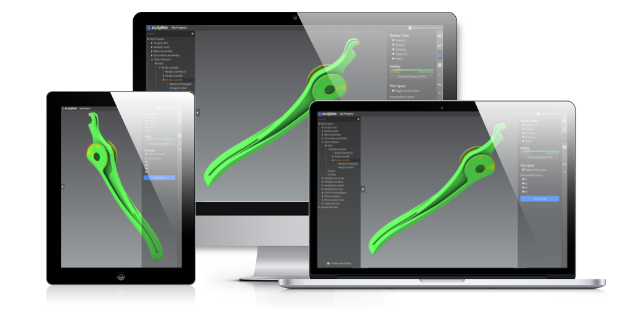Cloud-based 3D printing management software AstroPrint, officially launched on Kickstarter in 2014, is a venture-backed company that’s both a service and a device, with features such as file management, live video streaming, and a mobile app. The company recently made a pretty great deal for itself – it’s partnering with Stanley Black & Decker in order to create a distributed network of 3D printers.
“Thanks to this partnership, we will gain visibility into ROI, uptime, value, resource optimization, and competence development in regards to 3D printer usage at Stanley Black and Decker. These are critical drivers for Additive Manufacturing success for every enterprise. We are confident that the AstroPrint software solution has a great deal of promise for us and for the industry,” said Martin Guay, VP of Business Development at Stanley Black and Decker.
Using AstroPrint’s Enterprise Cloud, Stanley Black & Decker will work to connect, control, and optimize its fleet of 3D printers across multiple facilities, automating its AM workflows and systems on one platform to ensure that resources are being shared as they should. At the same time, the partnership with AstroPrint will allow Stanley Black & Decker to acquire new intelligence when it comes to opportunities in growth and productivity.
The software will make it possible for Stanley Black & Decker engineers to collect data on their 3D printers, in addition to checking productivity, usage, and any potential issues on every 3D printer in its fleet. This will help the company make smart decisions on how to scale their 3D printing up and out, and continue optimizing its workflows. As Stanley Black & Decker uses its 3D printers for everything from small run manufacturing of existing product parts to new design prototyping, this is very important.
“We’ve been in the 3D Printing industry for a long time now and we are proud to have pioneered one of the first (and best) software systems to manage 3D Printers through the cloud,” said Drew Taylor, the CEO of AstroPrint. “It’s now time for us to anticipate the needs and bottlenecks that large, multi-location companies, such as Stanley Black & Decker, will face as they invest significantly to grow their Additive Manufacturing programs.”
As Stanley Black & Decker continues to invest in, and contribute to, 3D printing, the first thing the company will do with AstroPrint is connect its 3D printers and teams in different worldwide offices. Then, company engineers will be able to use a single dashboard to, as AstroPrint put it, “gain a commanding view of all the 3D printers in the fleet.” This connection will allow them to control 3D printer fleets for larger scale projects from one system, as well as share resources from any of its 3D printers around the world. Additionally, managers can set various permissions for team members, and even external consultants and contractors, based what responsibilities they have.
The data collected by AstroPrint’s Enterprise Cloud will be used by the company’s senior managers, along with its business development teams, to plan budgets, make more accurate projections, create business cases for new areas of growth, and review Returns on Investment (ROI) for projects.
This partnership with Stanley Black & Decker is a pretty significant one for AstroPrint. Now, it can focus on scaling out its Enterprise Cloud in order to make it more accessible to large manufacturers who need to better connect, control, and optimize their own fleets of 3D printers. It is clear that networked desktop 3D printers will be the future for universities and enterprise customers but who will win in the space? Will it be Astroprint, Ultimaker’s Cura, a Materialise app or something from Dassault or Autodesk? It is early days yet but this is a good move for Astroprint’s sake.
Discuss this story and other 3D printing topics at 3DPrintBoard.com or share your thoughts in the Facebook comments below.

